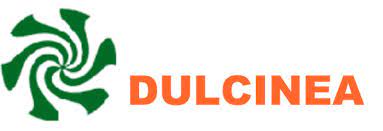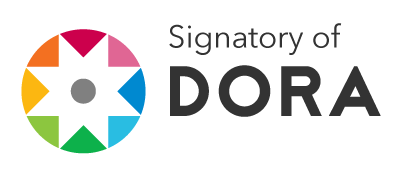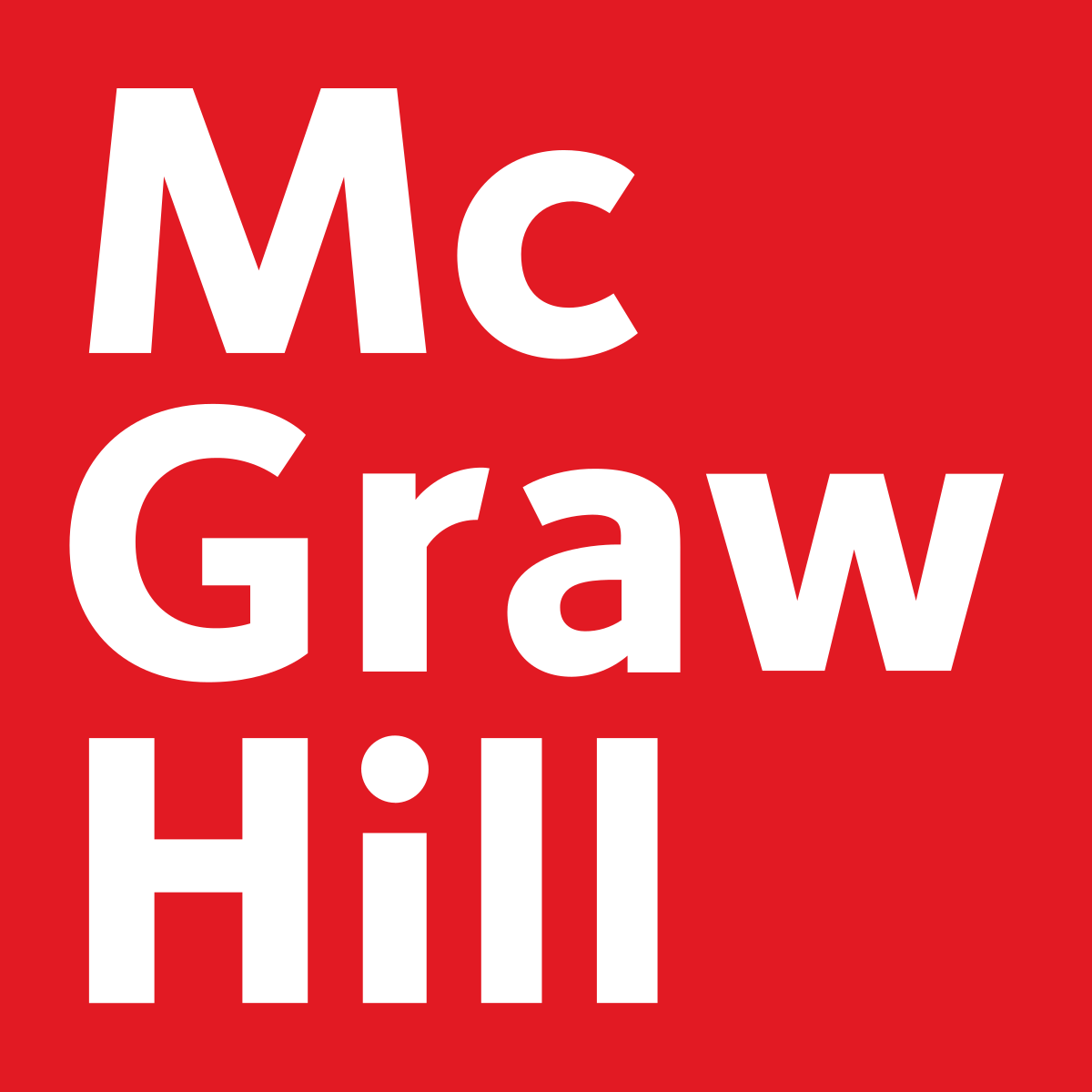OPESER Collaborative Work Didactic Model
Applied to Standardize Learning in Engineering Students
DOI:
https://doi.org/10.62701/revedu.v13.5433Keywords:
Didactic model, Collaborative work, Collective learning, Hybrid platform, Layers of responsibilityAbstract
Collaborative work in different models has given good results in student learning. In short, a didactic model of collaborative work is proposed with hybrid platforms supported by PBL methodology and the use of educational technology to level the mathematics learning of engineering students with teamwork. Results of the piloting are reported to validate and define the OPESER didactic model derived from the operation manual, an instrument with a Likert scale validated by four experts was used, it stands out that above 85% of students prefer collaborative work using ICT to do their mathematics homework.
Downloads
Global Statistics ℹ️
|
247
Views
|
80
Downloads
|
|
327
Total
|
|
References
Barbosa-Herrera, J. C. y Barbosa-Chacón, J. W. (2019). La tutoría entre pares. Una mirada al contexto universitario en Latinoamérica. Revista Espacios, 40(15), 30. https://www.revistaespacios.com/a19v40n15/19401530.html
Benavides, L. E. C. (2020). Aprendizaje para la generación de conocimiento. Cadernos de Educação Tecnologia e Sociedade, 13(3), 279-286). https://doi.org/10.14571/brajets.v13.n3.279-286 DOI: https://doi.org/10.14571/brajets.v13.n3.279-286
Benavides, G.L. y Cacua, P.I. (2022). Mediación didáctica de las TIC para el desarrollo de competencias matemáticas. Corporación Universidad de la Costa.https://repositorio.cuc.edu.co/handle/11323/9544
Calero-Cerna, J. I. y Veramendi-Vernazza, R. T. (2023). El uso de las Tic en las matemáticas. Una revisión sistemática de la literatura. RIDE Revista Iberoamericana para la Investigación y el Desarrollo Educativo, 13(26). https://doi.org/10.23913/ride.v13i26.1512 DOI: https://doi.org/10.23913/ride.v13i26.1512
Collazos, C. A. y Mendoza, J. (2009). Cómo aprovechar el “aprendizaje colaborativo” en el aula. Educación Y Educadores, 9(2), 61–76.
https://educacionyeducadores.unisabana.edu.co/index.php/eye/article/view/663
Contini, L. E., Fabro, A. P. y Gusmão, T. C. R. (2020). Tareas mediadas por TIC en la enseñanza de matemática en carreras universitarias de perfil profesional. Brazilian Journal of Development, 6(7), 43585-43600. https://doi.org/10.34117/bjdv6n7-103 DOI: https://doi.org/10.34117/bjdv6n7-103
Coto Villalobos, M. A. E. (2021). El aula invertida en la clase de matemática. Ciencia Latina Revista Científica Multidisciplinar, 5(5), 7750-7766. https://doi.org/10.37811/cl_rcm.v5i5.873 DOI: https://doi.org/10.37811/cl_rcm.v5i5.873
Couoh Novelo, M. A. y Martin Interian, N. S. (2021). Análisis de resultados de aprovechamiento e interacción en alumnos de nivel superior al utilizar una aplicación móvil de aprendizaje colaborativo. IE Revista De Investigación Educativa De La REDIECH, 12, e1363. https://doi.org/10.33010/ie_rie_rediech.v12i0.1363 DOI: https://doi.org/10.33010/ie_rie_rediech.v12i0.1363
Dede, Y. y Taşpinar Şener, Z. (2021). MODELACIÓN MATEMÁTICA DESDE LOS OJOS DE MAESTROS EN PRESERVICIO. Revista Latinoamericana De Investigación En Matemática Educativa, 24(2), 121–150.https://doi.org/10.12802/relime.21.2421 DOI: https://doi.org/10.12802/relime.21.2421
González-Zambrano, N., Salazar-Barrios, G. y Prieto-López, Y. (2022). Plan de formación docente para promover el aprendizaje significativo de los estudiantes con el uso de herramientas tecnológicas. 593 Digital Publisher CEIT, 7(1-1), 177-195. https://doi.org/10.33386/593dp.2022.1-1.996 DOI: https://doi.org/10.33386/593dp.2022.1-1.996
Guamanzara Zambrano, L. E. y Arteaga Linzán, M. (2023). Estrategia metodológica para el mejoramiento del proceso de enseñanza – aprendizaje con el uso de EVA´s. MQRInvestigar, 7(1), 2310-2334. https://doi.org/10.56048/mqr20225.7.1.2023.2310-2334 DOI: https://doi.org/10.56048/MQR20225.7.1.2023.2310-2334
León Loaiza, M. A. y Sánchez, J. E. (2023). Aprendizaje colaborativo en el aula de Matemáticas: Collaborative Learning in the Mathematics Classroom. LATAM Revista Latinoamericana De Ciencias Sociales Y Humanidades, 4(3), 1250–1261. https://doi.org/10.56712/latam.v4i3.1147 DOI: https://doi.org/10.56712/latam.v4i3.1147
Márquez De Pérez, M. E. (2019). El Trabajo Colaborativo: Una Oportunidad para el Desarrollo del Pensamiento Práctico del Profesional Reflexivo. Revista Scientific, 4(11), 360-379. https://doi.org/10.29394/scientific.issn.2542-2987.2019.4.11.19.360-379 DOI: https://doi.org/10.29394/Scientific.issn.2542-2987.2019.4.11.19.360-379
Mejía Alemán, L. V., Gallo Águila, C. I. y Quintana Sánchez, D. J. (2022). La modelación matemática como estrategia didáctica para la resolución de problemas matemáticos. Horizontes. Revista De Investigación En Ciencias De La Educación, 6(26), 2204-2218. https://doi.org/10.33996/revistahorizontes.v6i26.485 DOI: https://doi.org/10.33996/revistahorizontes.v6i26.485
Otero-Potosi, S. A., Nuñez-Silva, G. B., Suárez Valencia, C. E. y Pozo Castillo, D. F. (2023). El proceso de enseñanza en el aula desde la perspectiva del aprendizaje significativo. Revista Latinoamericana Ogmios, 3(7), 13-24. https://doi.org/10.53595/rlo.v3.i7.063 DOI: https://doi.org/10.53595/rlo.v3.i7.063
Palomino Alca, J. T. y Osorio Vidal, V. G. (2023). El aprendizaje basado en problemas para el logro de competencias en educación superior. Dilemas contemporáneos: Educación, Política y Valores, 2(16). https://doi.org/10.46377/dilemas.v2i10.3484 DOI: https://doi.org/10.46377/dilemas.v2i10.3484
Pavía Mendoza, A. y de la Cruz Flores, G. (2023). Tutoría entre pares: Una revisión sistemática de la literatura. Revista Mexicana de Orientación Educativa, 20(43), 1-23).https://doi.org/10.31206/rmdo512023 DOI: https://doi.org/10.31206/rmdo512023
Rodríguez-Guijarro, C. M. y Castro-Salazar, A. Z. (2021). Plataforma Microsoft Teams y su influencia en el aprendizaje de estudiantes de básica superior. Revista Arbitrada Interdisciplinaria Koinonía, 6(3), 510-527. https://doi.org/10.35381/r.k.v6i3.1329 DOI: https://doi.org/10.35381/r.k.v6i3.1329
Salcido RMV, Vargas TA, Medina VNA, Ramirez AF, García SMO, Briseño GAM y Jimenez AJM. (2021). Revisión sistemática: El más alto nivel de evidencia. Ortho-tips, 17(4), 217-221. https://doi.org/10.35366/102220 DOI: https://doi.org/10.35366/102220
Sánchez, H., Reyes, C. y Mejía, K. (2018). Manual de términos en investigación científica, tecnológica y humanística. Universidad Ricardo
Sarauz, M., Shuguli, J., Vaca, D. y Villafuerte, R. (2020). Assessment of student satisfaction on the use of Microsoft Teams software. Minerva, 1(2), 13-18. https://doi.org/10.47460/minerva.v1i2.7 DOI: https://doi.org/10.47460/minerva.v1i2.7
Downloads
Published
How to Cite
Issue
Section
License
Copyright (c) 2025 Authors retain copyright and transfer to the journal the right of first publication and publishing rights

This work is licensed under a Creative Commons Attribution-NoDerivatives 4.0 International License.
Those authors who publish in this journal accept the following terms:
-
Authors retain copyright.
-
Authors transfer to the journal the right of first publication. The journal also owns the publishing rights.
-
All published contents are governed by an Attribution-NoDerivatives 4.0 International License.
Access the informative version and legal text of the license. By virtue of this, third parties are allowed to use what is published as long as they mention the authorship of the work and the first publication in this journal. If you transform the material, you may not distribute the modified work. -
Authors may make other independent and additional contractual arrangements for non-exclusive distribution of the version of the article published in this journal (e.g., inclusion in an institutional repository or publication in a book) as long as they clearly indicate that the work was first published in this journal.
- Authors are allowed and recommended to publish their work on the Internet (for example on institutional and personal websites), following the publication of, and referencing the journal, as this could lead to constructive exchanges and a more extensive and quick circulation of published works (see The Effect of Open Access).













